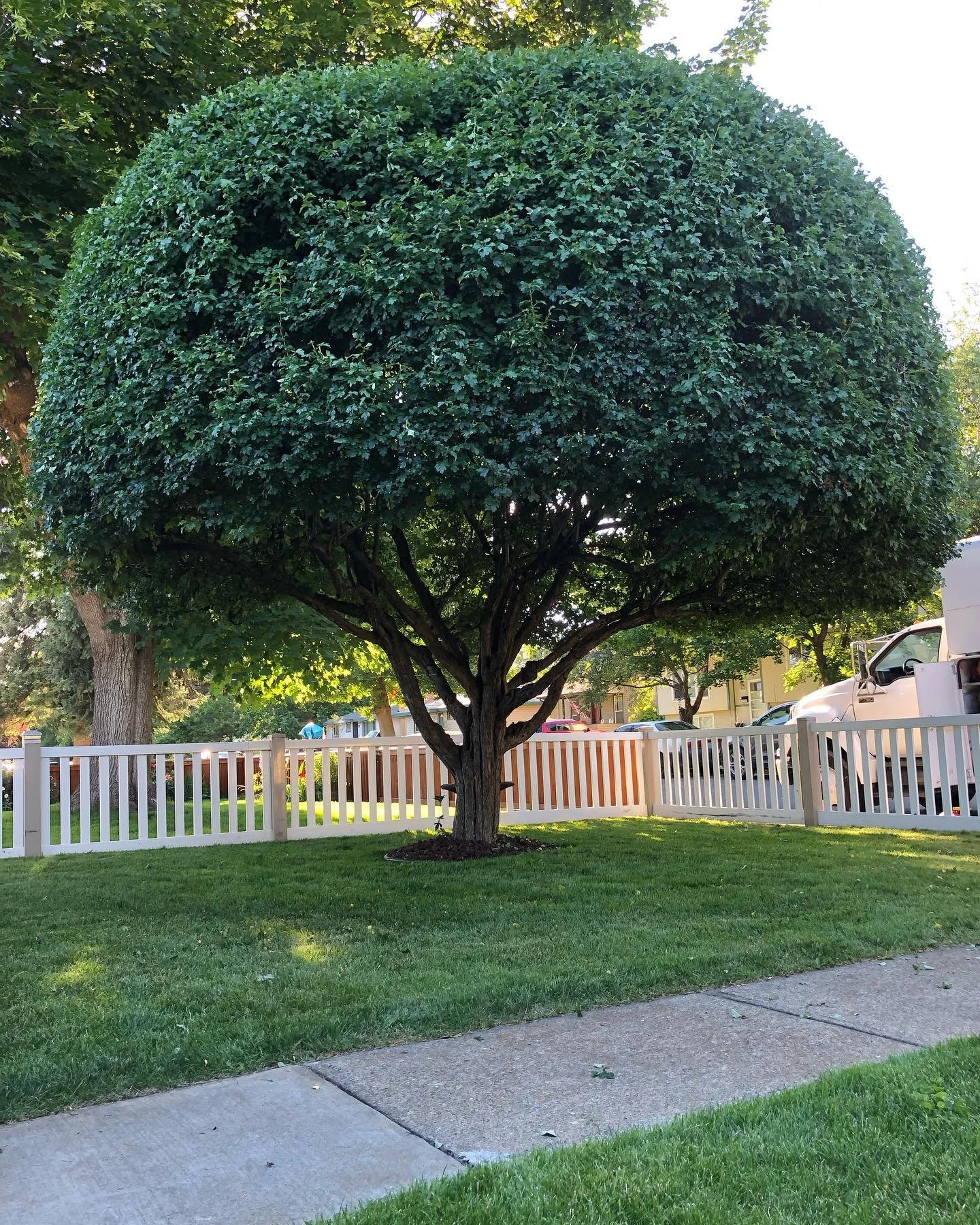The Art and Science of Tree Trimming
Tree trimming isn't just about aesthetics; it's a crucial aspect of maintaining the health and vitality of your landscape. Proper trimming enhances the beauty of your surroundings, promotes growth, and mitigates risks associated with overgrown branches. Let's delve into the art and science of tree trimming, exploring its benefits and techniques.
Understanding the Importance of Tree Trimming:
Health Maintenance: Trimming removes dead, diseased, or pest-infested branches, preventing the spread of decay and promoting overall tree health.
Enhanced Growth: By removing unnecessary branches, trimming redirects energy to promote new growth and improve the tree's structure.
Safety Measures: Overgrown branches pose hazards during storms or high winds. Regular trimming minimizes risks of falling limbs, safeguarding your property and loved ones.
When to Trim:
Seasonal Timing: Trimming during dormant seasons, such as late fall or winter, is ideal as it minimizes stress on the tree and reduces the risk of disease transmission.
Emergency Situations: Immediate trimming might be necessary after storms or when branches pose imminent dangers.
Techniques for Effective Tree Trimming:
Pruning for Structure: Targeted removal of branches to improve the tree's form and integrity.
Thinning: Removing excess branches to increase light penetration and air circulation within the canopy, promoting healthy growth.
Deadwooding: Eliminating dead branches to prevent decay and enhance the tree's appearance.
Crown Reduction: Strategic trimming to reduce the overall size of the tree while maintaining its natural shape.
Directional Pruning: Guiding growth away from structures or power lines to prevent damage.
Hiring a Professional vs. DIY:
Expertise Matters: While DIY trimming is feasible for small trees or minor tasks, complex or large-scale trimming requires professional expertise.
Safety Concerns: Tree trimming often involves working at heights and handling sharp tools. Professionals are equipped with proper safety gear and training.
Property Protection: Professionals are skilled in assessing risks and ensuring minimal damage to surrounding structures or landscapes.
Conclusion: Tree trimming is a blend of artistry and science aimed at maintaining the health, beauty, and safety of your landscape. Whether it's enhancing curb appeal, promoting growth, or mitigating risks, regular trimming is an investment in the longevity of your trees and the well-being of your property. Consider consulting with a professional arborist to create a trimming plan tailored to your trees' needs, ensuring they thrive for years to come.
Call us today at 509-808-1008 or schedule an appointment online. Experience the AP Tree Service difference – where quality and customer satisfaction grow together!



